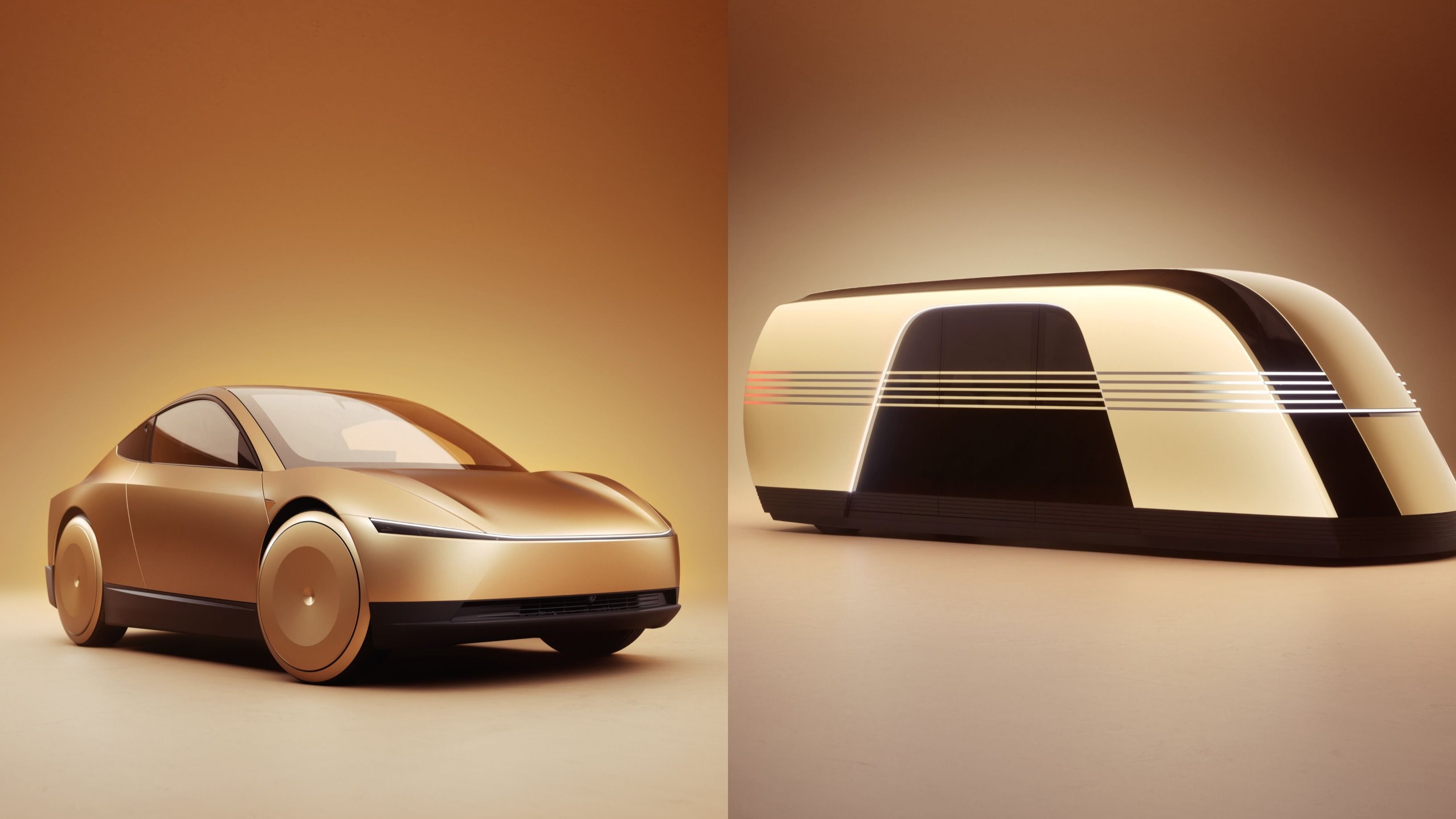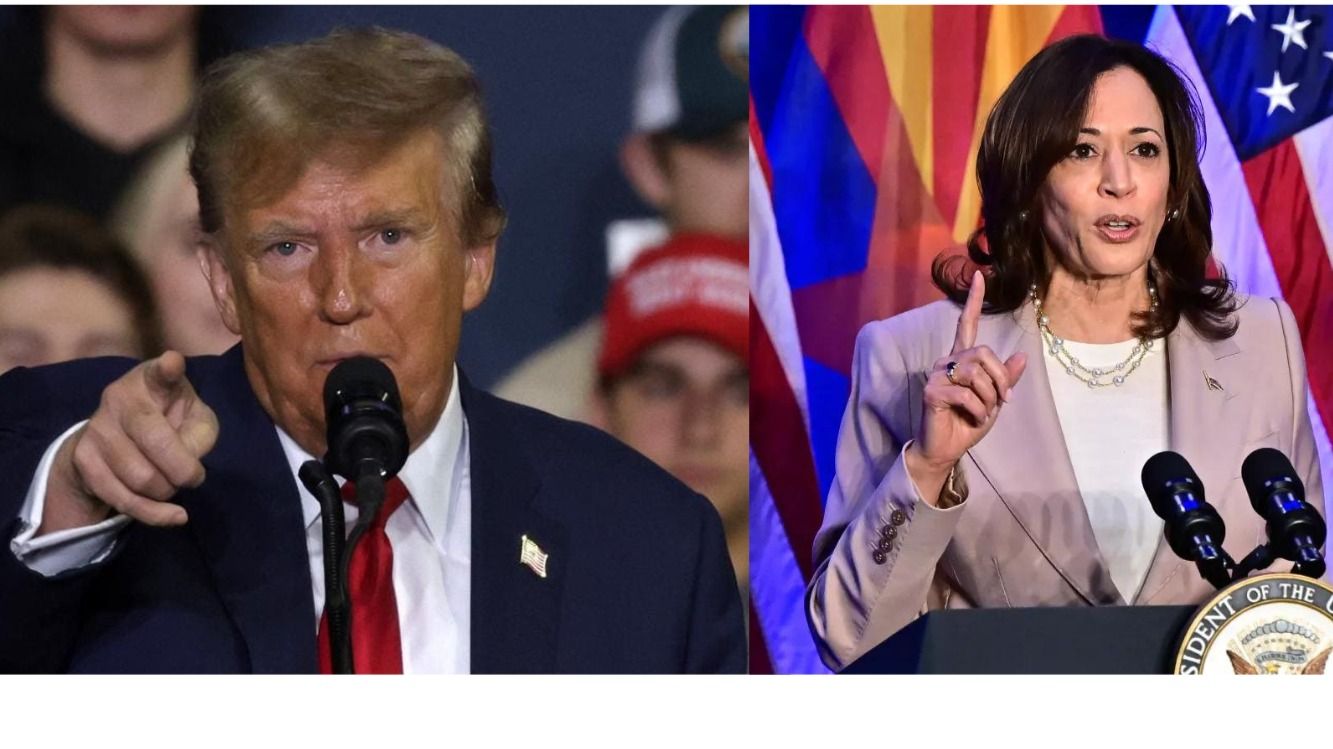Detroit: Tesla unveiled its much-anticipated Cybercab and showcased its humanoid robots, Optimus, at the “We, Robot” event held at Warner Bros. Discovery Studio. Alongside the sleek Cybercab prototype, Musk highlighted the role of Optimus in transforming everyday tasks and industrial labor, underscoring Tesla’s ambitious push into AI-powered robotics.
The Cybercab, which look like a smaller and sleeker version of the Cybertruck, was unveiled to much fanfare. While many had anticipated a prototype without steering wheels or pedals, Musk surprised the audience by showcasing a lineup of 20 Cybercabs, each equipped with autonomous driving technology. According to Musk, the Cybercab represents the future of personalised mass transit, with costs projected to be as low as $0.20 per mile over time.
Musk also confirmed that customers will be able to purchase the Cybercab, with its price set at under $30,000. He said, “And you will be able to buy one”.
He outlined Tesla’s plans to begin unmanned Full Self-Driving (FSD) in Texas and California by next year with the Model 3 and Model Y, although he acknowledged that his timelines have often been overly optimistic. Still, he expects the Cybercab to go into production by 2026, or at the latest, 2027.
The unveiling of the Cybercab fits into a larger strategy that Tesla has been working on for years. The company’s vision includes not only the sale of autonomous vehicles but also the creation of a Tesla ride-hailing app that will allow Tesla owners to add their own vehicles to a fleet of robotaxis. In this system, owners could make extra money when their cars aren’t in use, while Tesla would take a 25% to 30% commission from each ride. The ultimate goal, Musk explained, is for Tesla’s robotaxi rides to be more affordable than public transport. However, he did not specify when this cost reduction might occur.
One of the standout features of the Cybercab is its inductive charging technology, which eliminates the need for traditional plug-in charging stations. This wireless method of charging is expected to make the vehicle even more convenient for owners. The Cybercab’s futuristic design, combined with this advanced technology, positions it as a key player in Tesla’s ongoing efforts to dominate the autonomous vehicle market.
Tesla’s journey toward full autonomy, however, has not been without challenges. The Full Self-Driving software (FSD) currently installed in many Tesla vehicles can handle several driving tasks but still requires a human driver to remain alert and take control if necessary. Experts argue that Tesla’s reliance on cameras alone to perceive the vehicle’s surroundings has slowed the development of true autonomous driving. In fact, many question whether current Tesla models even have the necessary hardware to achieve Musk’s ambitious vision of self-driving cars.
The event wasn’t just about cars, though. Tesla also put the spotlight on its humanoid robot, Optimus. These robots, designed to perform tasks in both homes and industrial settings, were seen interacting with the audience at the event. Although they performed relatively simple tasks—like handing out small gift bags or playing rock-paper-scissors—Musk envisions a future where these robots will take on more complex duties, from serving drinks to performing physical labor. He even quipped, “The Optimus will walk amongst you,” and explained that the robots are designed to eventually perform many daily human tasks.
Tesla’s foray into robotics is part of Musk’s broader ambition to reshape industries through AI and automation. He believes that Optimus has the potential to be one of the most transformative products ever introduced, especially in the realm of industrial labor, where these robots could handle physically demanding tasks more efficiently than humans.
This event also highlighted Tesla’s evolving focus away from producing a $25,000 electric vehicle, a goal Musk had previously set, toward prioritizing advancements in autonomy and robotics. The shift has involved significant restructuring at Tesla, including the layoff of around 10% of its workforce earlier this year, which affected teams involved in charging infrastructure and other areas.
In 2019, Musk promised that by 2020, Tesla would have over a million robotaxis on the road, capable of operating autonomously with just a simple software update. However, that prediction has yet to come to fruition. Despite this, Musk remains confident that the company’s autonomous driving technology will eventually meet his expectations, enabling Tesla cars to truly “wake up” and function independently in the near future. For now, the focus remains on refining the FSD system and preparing for the eventual rollout of the Cybercab.
With the unveiling of the Cybercab and the ongoing development of the Optimus robot, Tesla continues to push the boundaries of what’s possible in the fields of transportation and robotics, all while maintaining its position as one of the most forward-thinking companies in the tech world.
Elon Musk Unveils Tesla ‘Cybercab’ at AI Event: A Fully Autonomous ‘Robotaxi’ world-news World News | Latest International News | Global World News | World News Today




